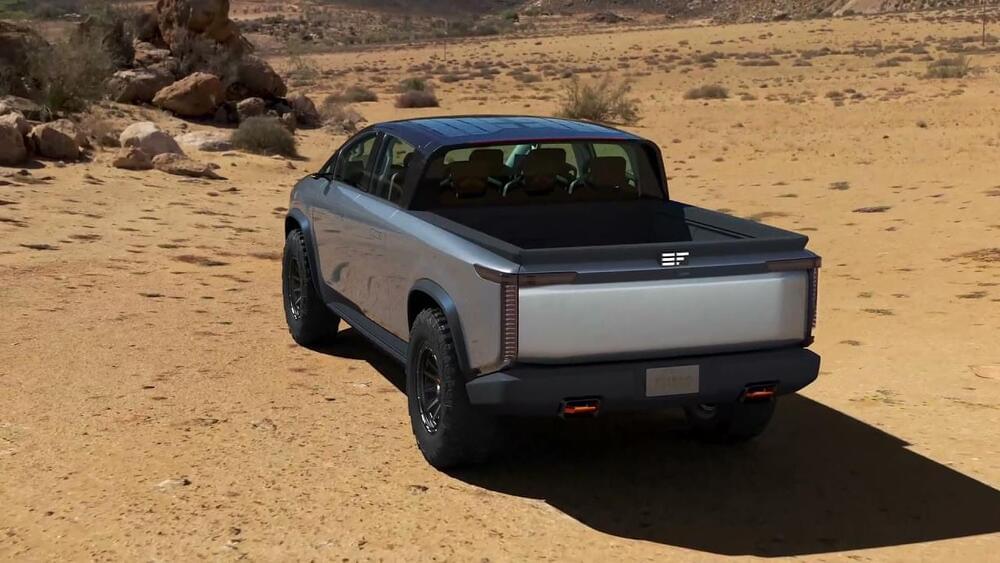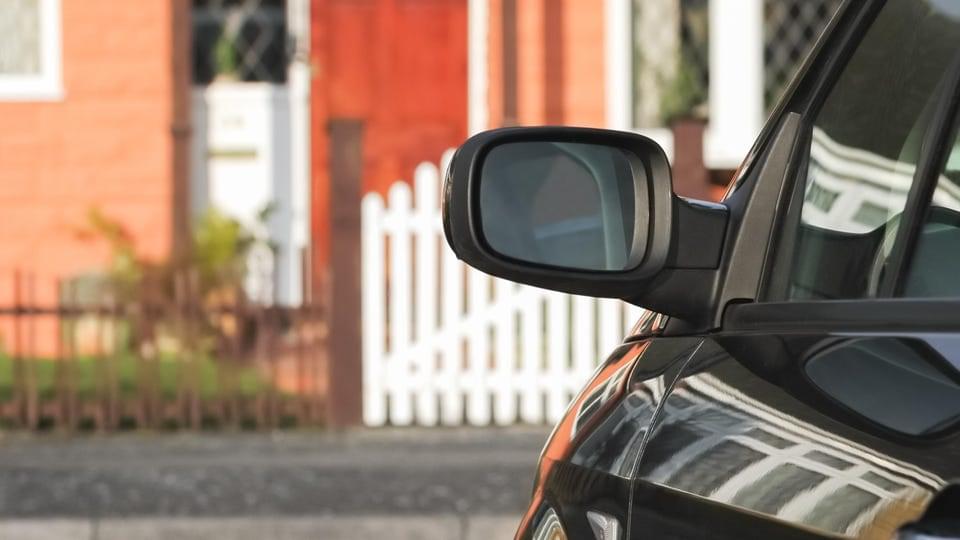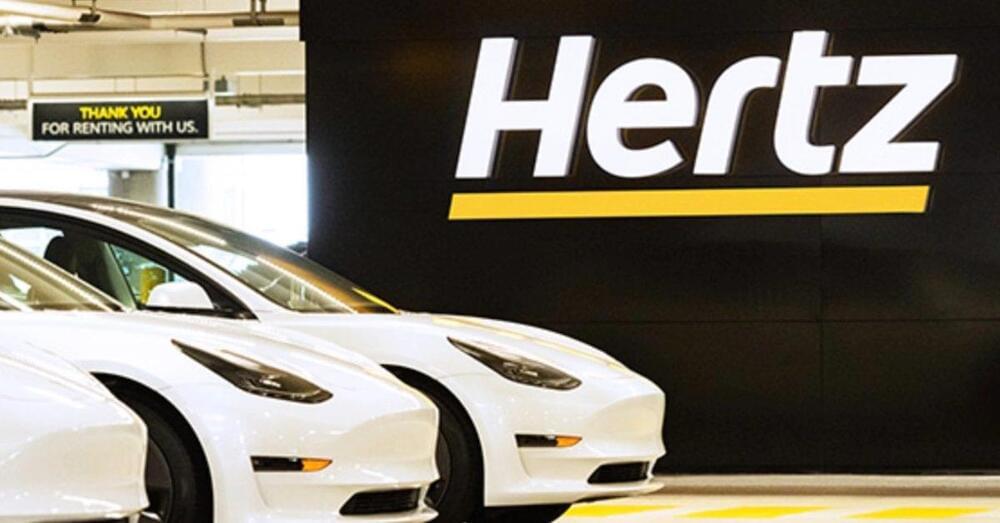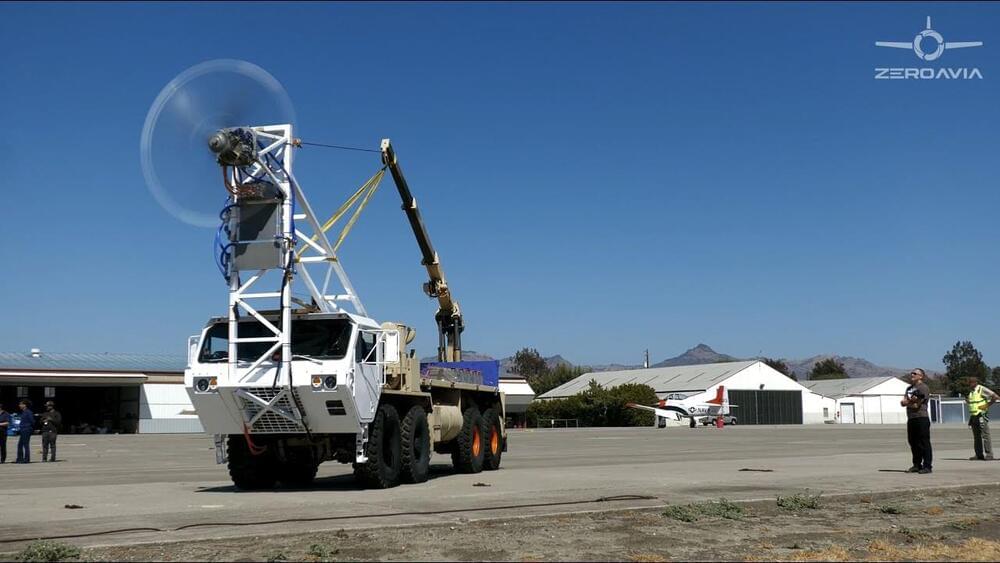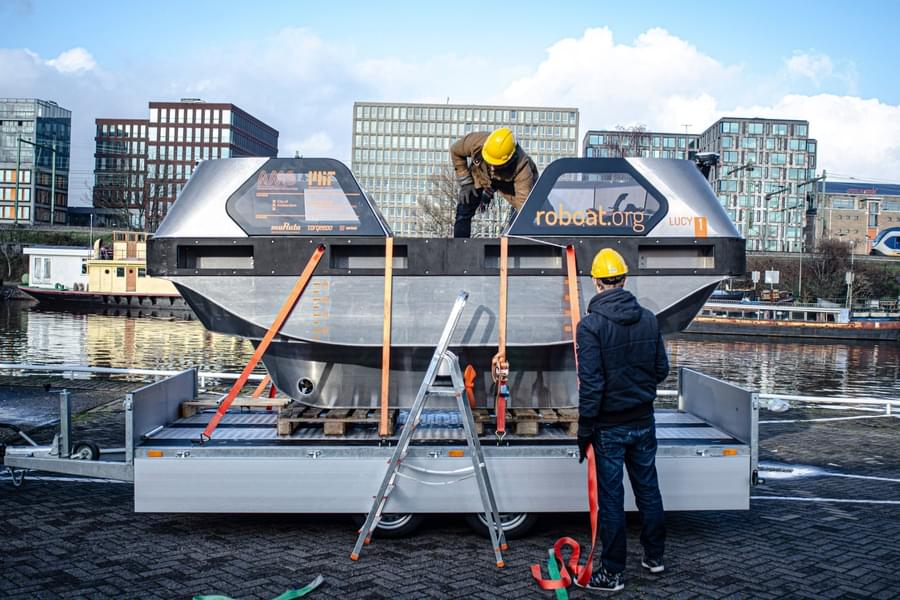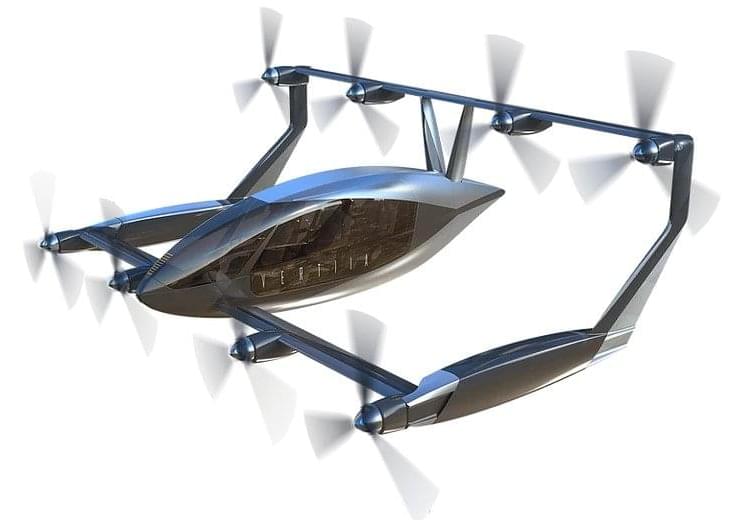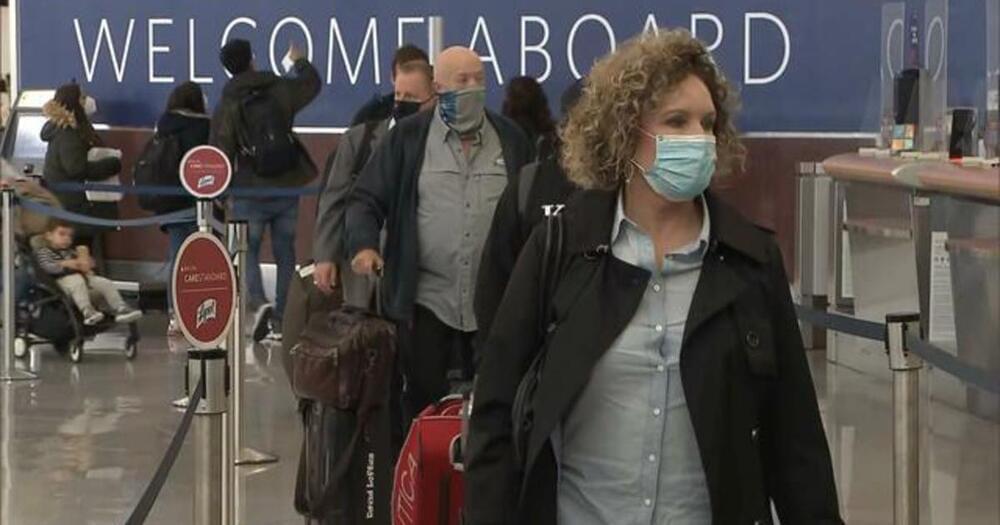In 1,993 deep underground at Los Alamos National Laboratory in New Mexico, a few flashes of light inside a bus-size tank of oil kicked off a detective story that is yet to reach its conclusion.
The Liquid Scintillator Neutrino Detector (LSND) was searching for bursts of radiation created by neutrinos, the lightest and most elusive of all known elementary particles. “Much to our amazement, that’s what we saw,” said Bill Louis, one of the experiment’s leaders.
The problem was that they saw too many. Theorists had postulated that neutrinos might oscillate between types as they fly along — a hypothesis that explained various astronomical observations. LSND had set out to test this idea by aiming a beam of muon neutrinos, one of the three known types, toward the oil tank, and counting the number of electron neutrinos that arrived there. Yet Louis and his team detected far more electron neutrinos arriving in the tank than the simple theory of neutrino oscillations predicted.

